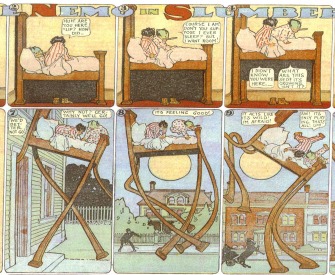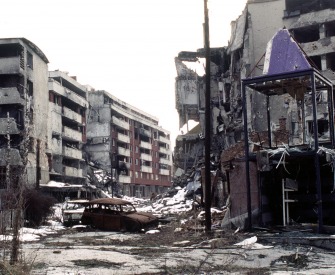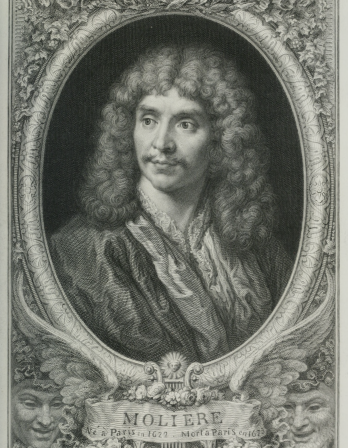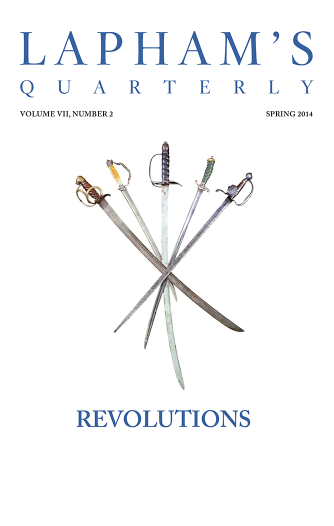A man of the name of Atilius, the son of a freedman, undertook at Fidenae to build an amphitheater for the exhibition of gladiators. The foundation was slight, and the superstructure was not sufficiently braced, the work of a man who had neither the pride of wealth nor the ambition to make himself of consequence in a municipal town. The profit that might probably arise from such a scheme was all he had in view. The people, under the austerity of a rigid and unsocial government, deprived of their usual diversions, were eager for the novelty of a public spectacle, and the place being at no great distance from Rome, a vast conflux of men and women, old and young, crowded together. The consequence was that the building, overloaded with spectators, gave way at once. All who were under the roof, besides a prodigious multitude that stood round the place, were crushed under the ruins. The condition of those who perished instantly was the happiest. They escaped the pangs of death, while the maimed and lacerated lingered in torment, beholding, as long as daylight lasted, their wives and children in equal agony and, during the night, pierced to the heart by their shrieks and groans. A calamity so fatal was soon known round the country. Crowds from all quarters went to view the melancholy scene. One lamented a brother, another his near relation; children wept for their parents, and almost all for their friends. Such as by their avocations had been led a different way were given up for lost. The real sufferers were still unknown, and in that dreadful state of suspense, every bosom panted with doubt and fear.
The ruins were no sooner removed than the crowd rushed in to examine the place. They gathered round the dead bodies; they clasped them in their arms; they imprinted kisses and often mistook the person. Disfigured faces, parity of age, and similitude of form and feature occasioned great confusion. Claims were made, a tender contest followed, and errors were acknowledged. The number of killed or maimed was not less than fifty thousand.
From the Annals. Tacitus married the daughter of Consul Agricola around 77 and gained a praetorship in 88, also becoming a member of a priestly college. His reputation as a historian is based primarily on the Histories, written around 105–109, and the Annals, written around 118–123, the former spanning 69–96, the latter 14–68.
Back to Issue





